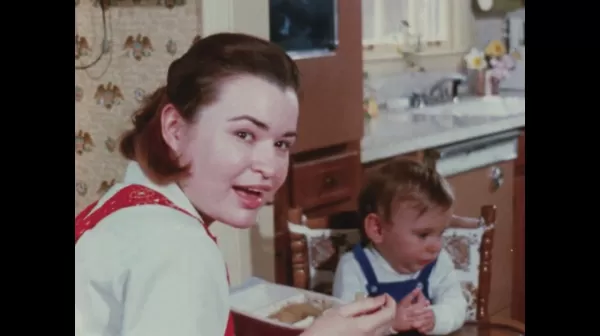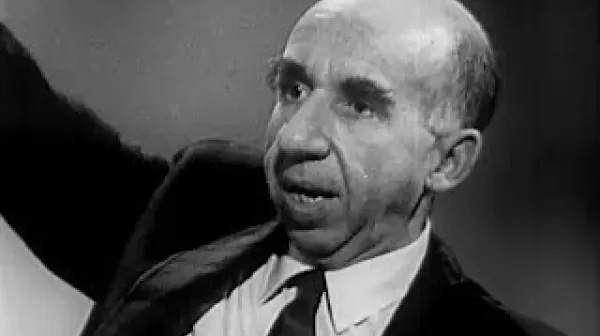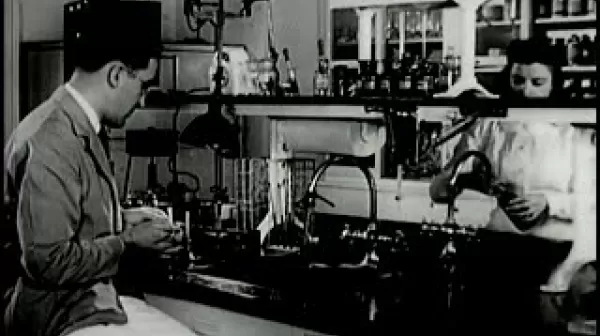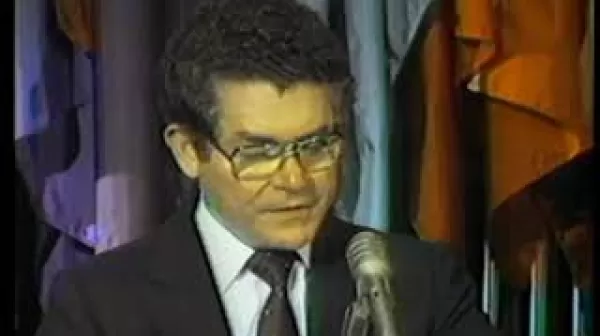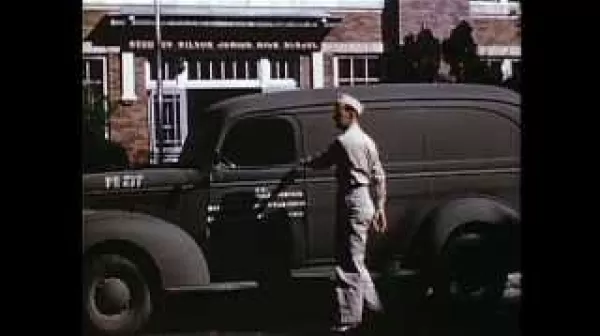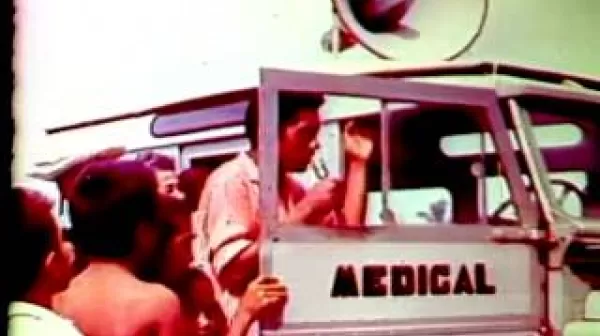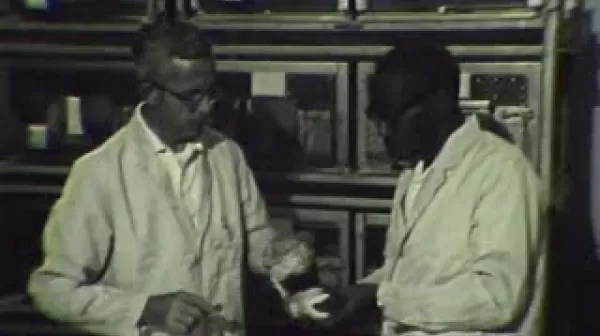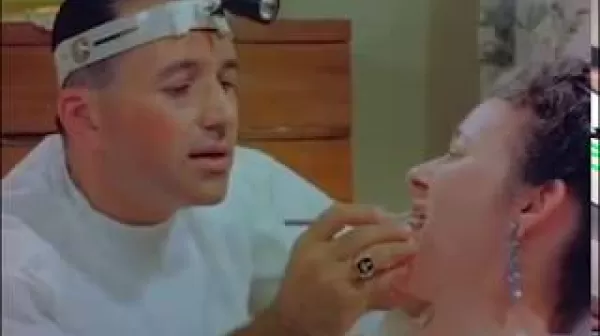Sources of Air Pollution (USPHS, 1962)
Shows the principal sources of air pollution--factories belching smoke, industrial waste dumped in rivers, and auto emissions. Learn more about this film and search its transcript at NLM Digital Collections: http://resource.nlm.nih.gov/101640831 Learn more about the National Library of Medicine's historical audiovisuals program at: https://www.nlm.nih.gov/hmd/collections/films


